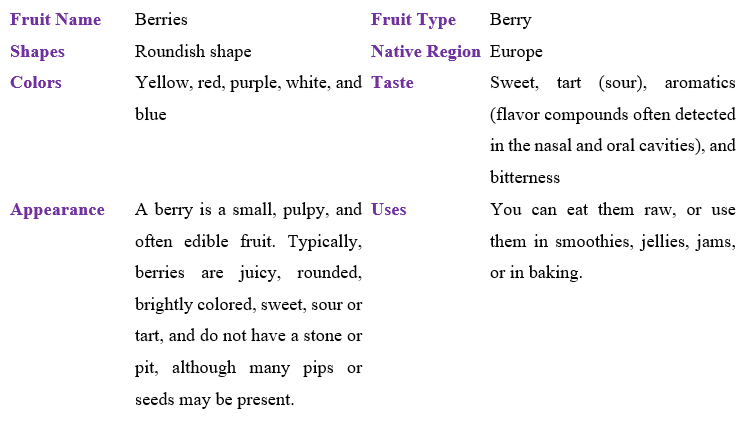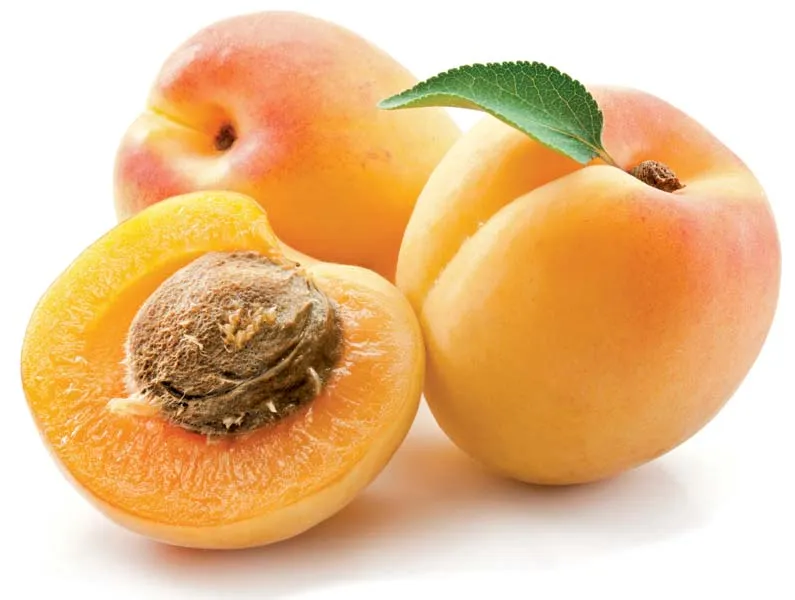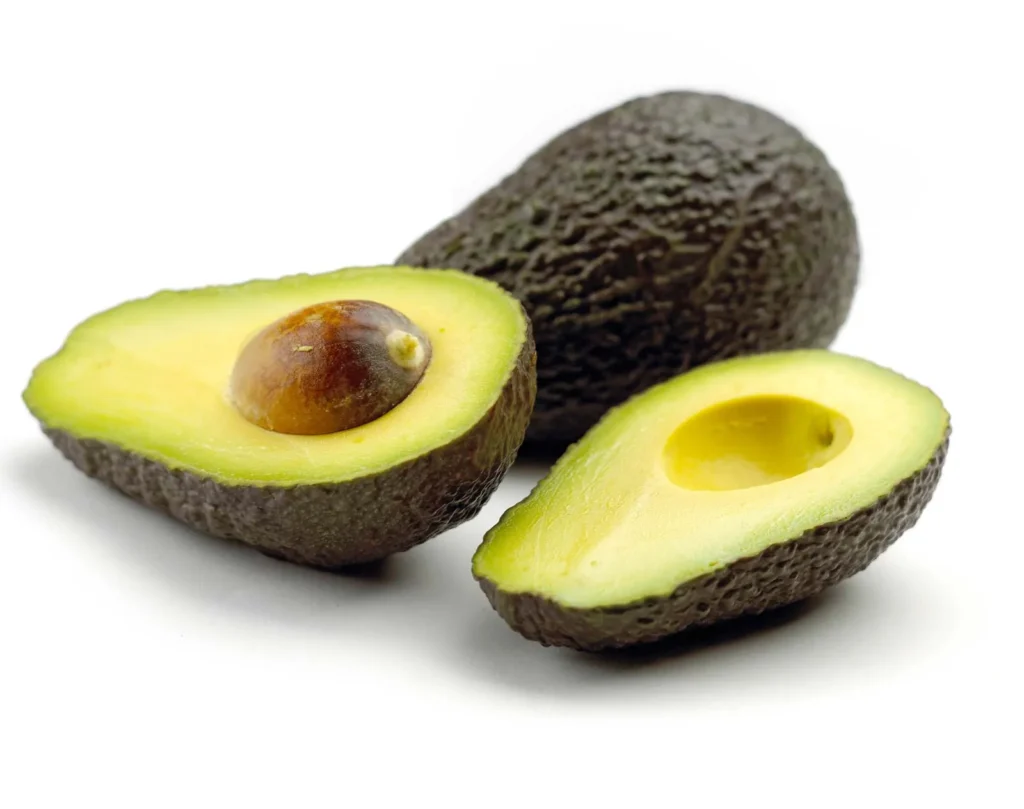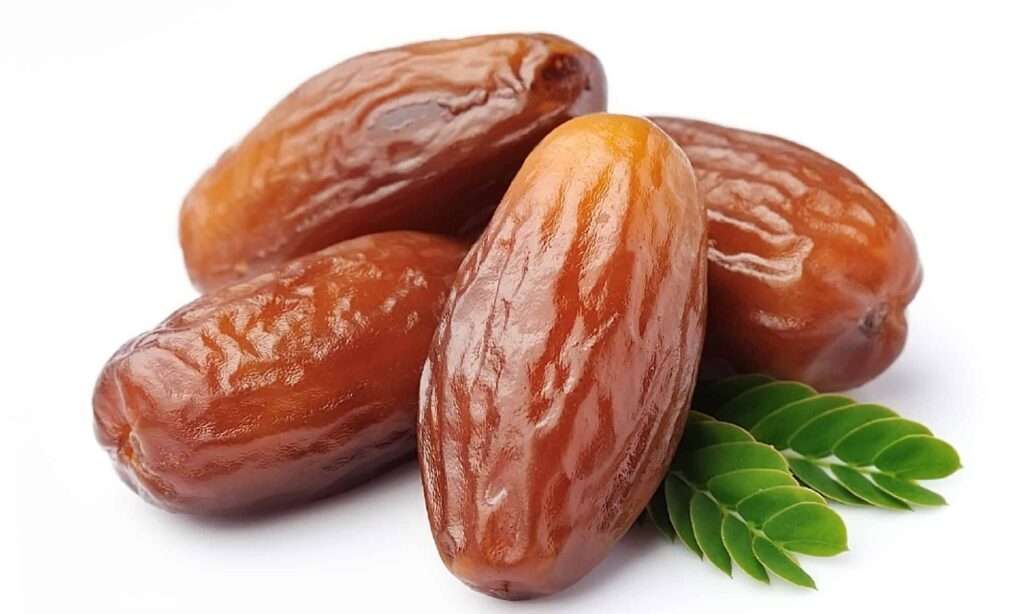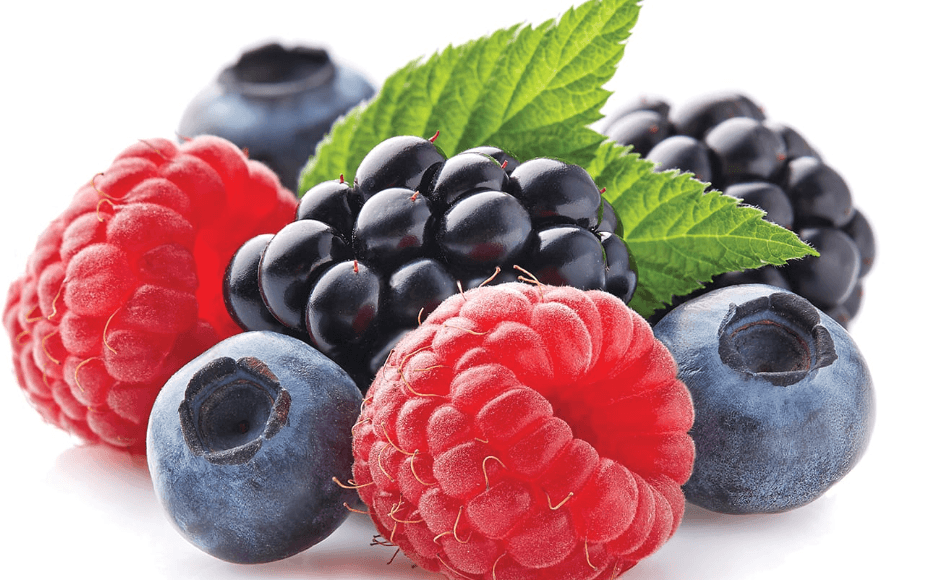
Description
In botany, a berry is a fleshy fruit with several seeds, like a banana or tomato. A berry produced from a single ovary of a single flower and than become a basic fruit. The fruit middle wall’s and inner layers are frequently difficult to tell apart. Berries are primary fleshy fruits categories, along with drupes and pome fruit.
Varieties
Certain taxonomic groups are characterized by two distinct types of berries. Hesperidium is the name for the berry found on citrus fruits (genus Citrus) with a leathery rind. Pepos are a type of berry found in the elongated fruits of the Cucurbitaceae family. Any tiny, fleshy fruit—especially one that is edible—is commonly referred to as a berry. For instance, strawberries, blackberries, and raspberries are aggregate fruits rather than real berries since they are made up of various smaller fruits. But the only real botanical berries are cranberries and blueberries.
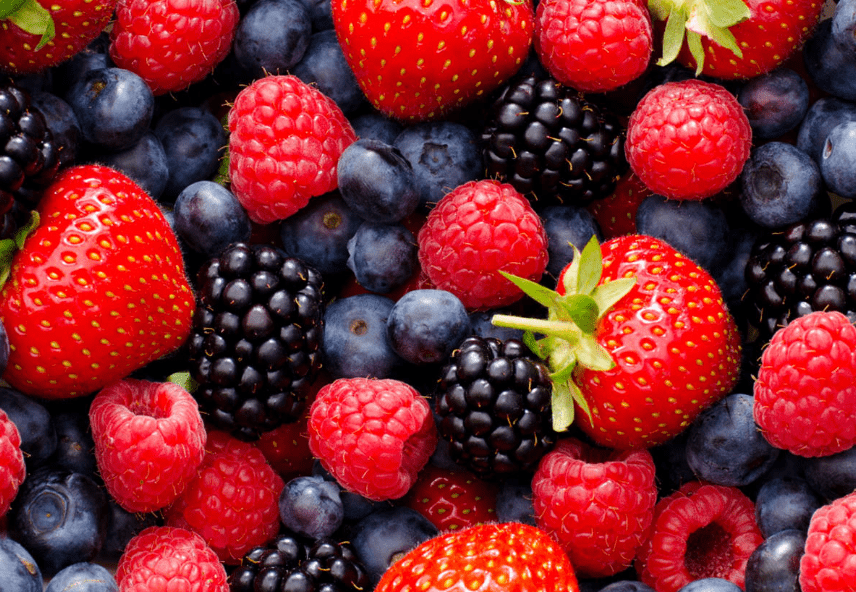
Uses
Berries are a common ingredient in cakes, jams, pies, and preserves around the world. Some berries are significant commercially.
Nutrition
A serving of blueberries that is half a cup contains:
Calories: 42
Protein: 0.5 gram
Carbohydrates: 11 grams
Fiber: 2 grams
Sugar: 7 grams
Vitamin C: 7 mg
Cultivation
Beginning in 1911, blueberries were domesticated; the first commercial crop was harvested in 1916. All huckleberry cultivars have not yet been fully domesticated, although from 1994 to 2010 attempts were made with the economically crucial western huckleberry. Many additional Vaccinium species, some of which are important commercially, are also not domesticated.
The majority of berries may be grown organically with the right crop rotation, the right combination of cover crops, and the suitable soil microbes. The main issue with growing blueberries and cranberries organically is bird management because they do best in soils that are unsuitable for most other plants and standard fertilizers are poisonous to them.
Table
